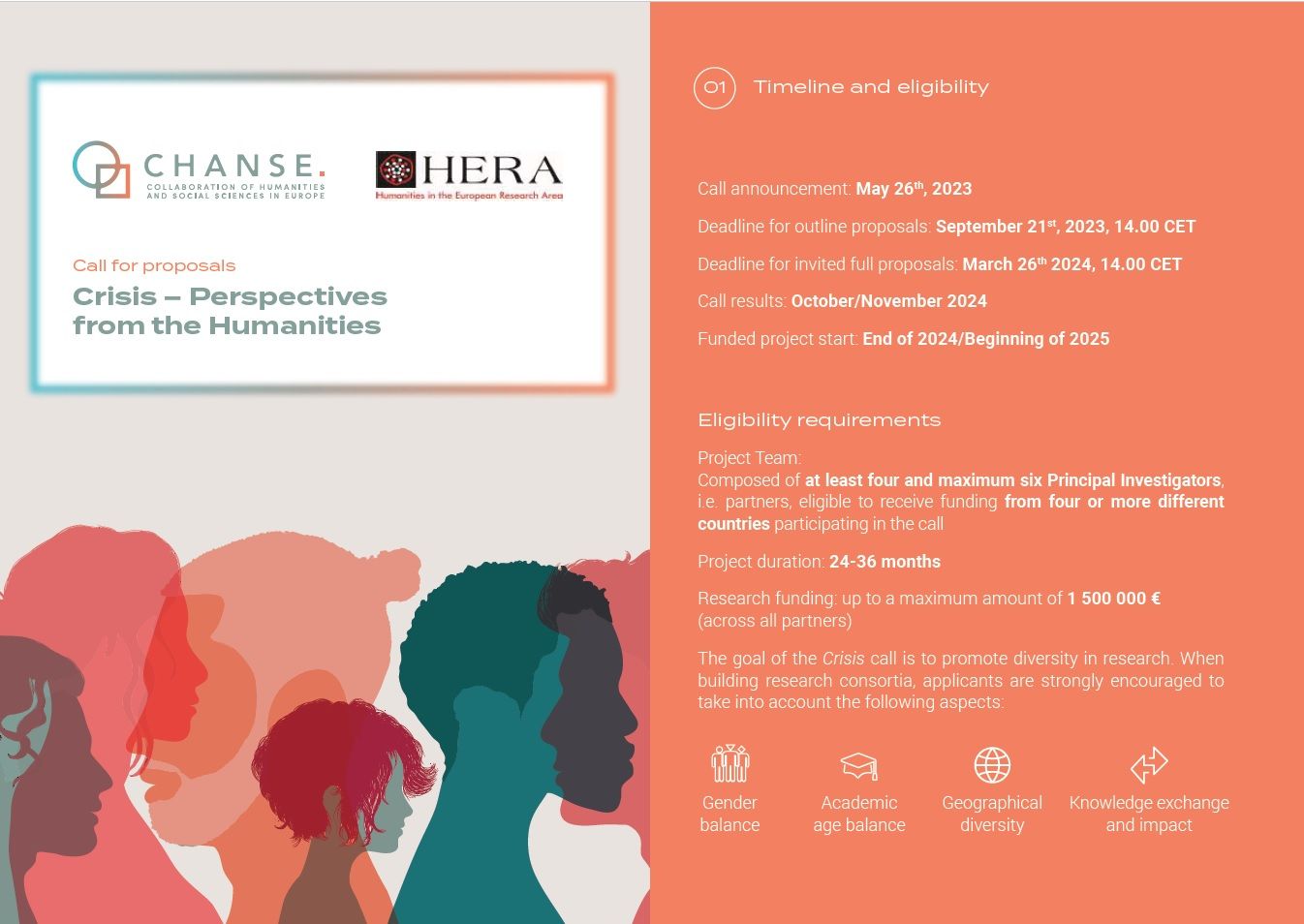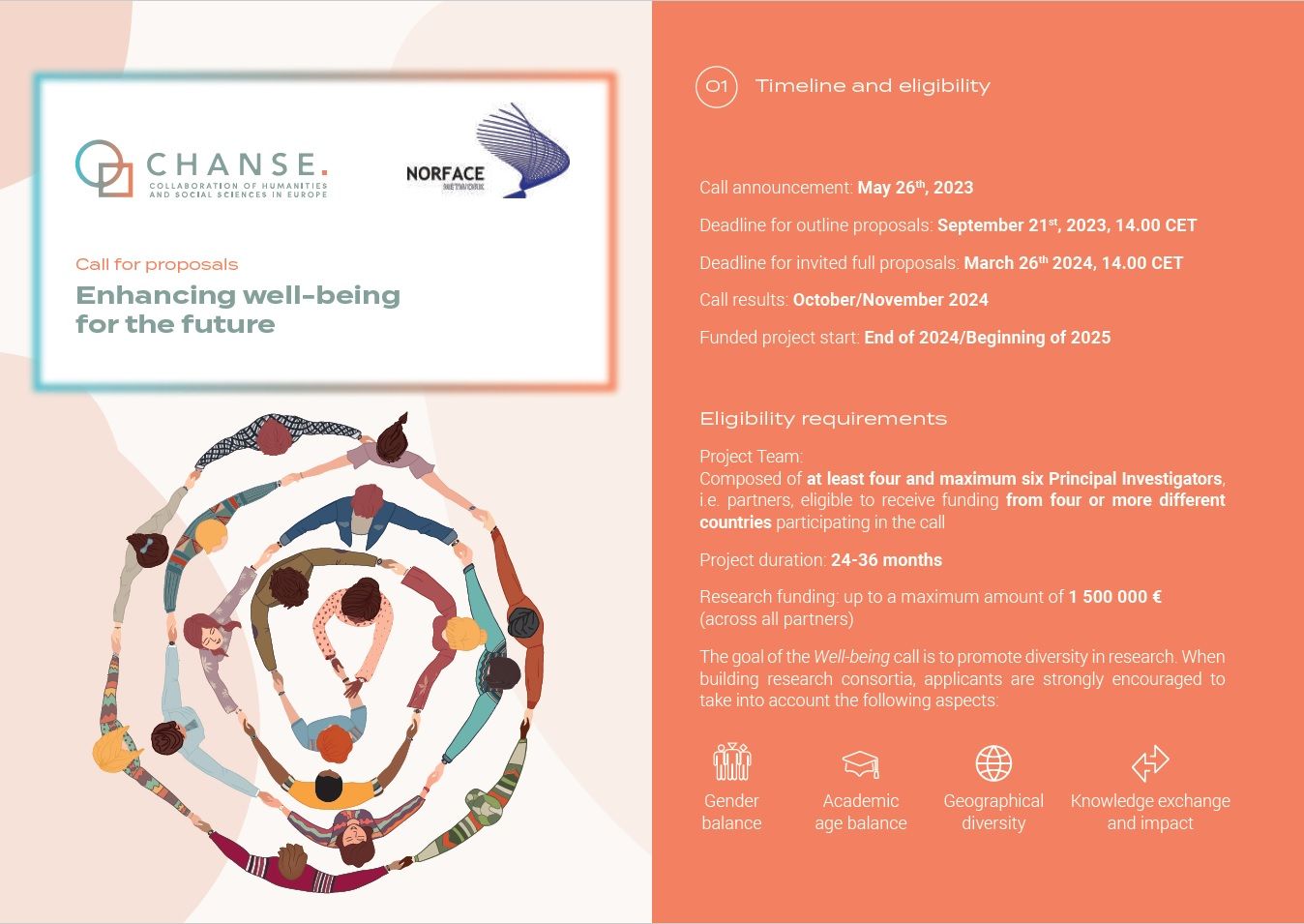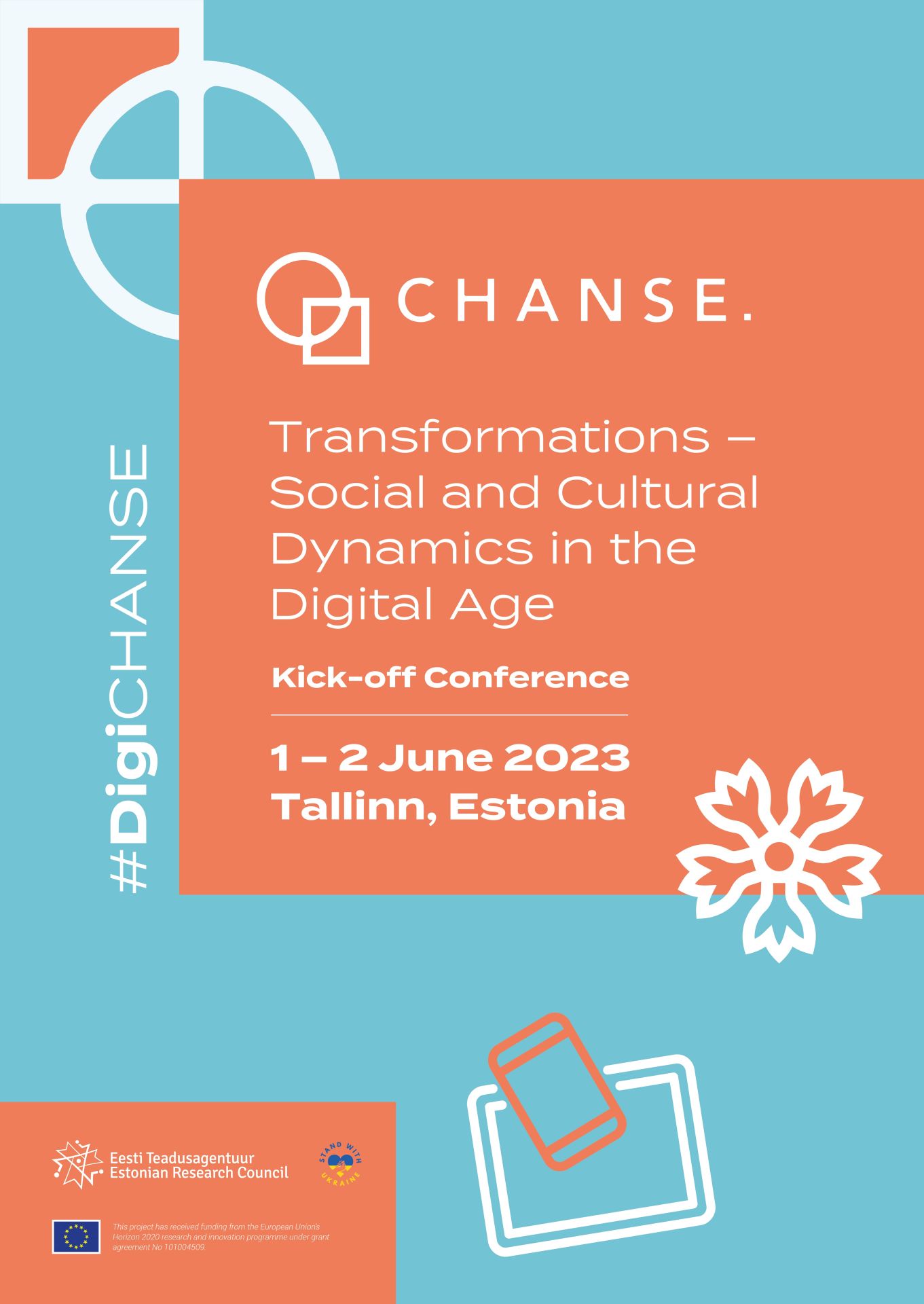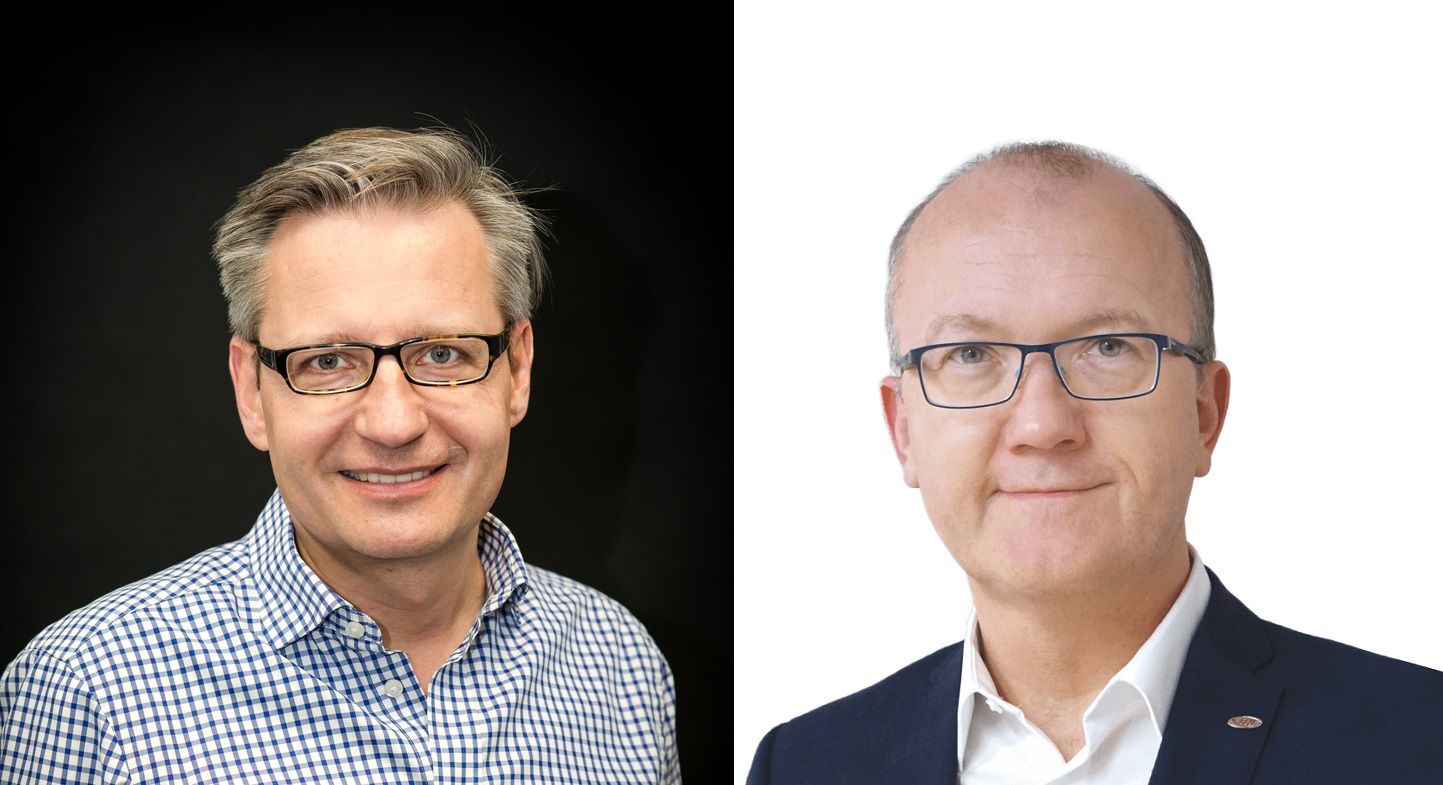New ForestValue2 Call Announced
Together with the ForestValue2 network (HORIZON EUROPE Coordination and Support Action), we have just launched a call for international research projects aiming to produce knowledge to support the best possible use of forests and forest resources as well as to provide multiple benefits for society and the economy.
Research proposals must cover at least one of the following subjects:
- Resilient sustainable forest systems and management
- Sustainable timber building systems
Proposals may be submitted by international consortia composed of at least three research teams from at least 3 countries participating in the call. The principal investigator of the Polish research team must be at least a PhD holder. Countries participating in the call include: Estonia, Finland, Germany, Ireland, Italy, Latvia, Norway, Poland, Romania, Slovenia, Spain.
Under the ForestValue2 Call 2023, funds may be requested to cover remuneration for the research team members, salaries and scholarships for students and PhD students, purchase or manufacturing of research equipment and for other costs crucial for the project.
The National Science Centre has allocated a total of 500,000 EUR for research tasks performed under the call by the Polish research teams.
Call timeline:
Submission deadline for joint full proposals: 1 September 2023, 13:00 CEST
Submission deadline for proposals in the OSF submission system: 8 September 2023, 23:59 CEST
Call results: December 2023
Call Text







